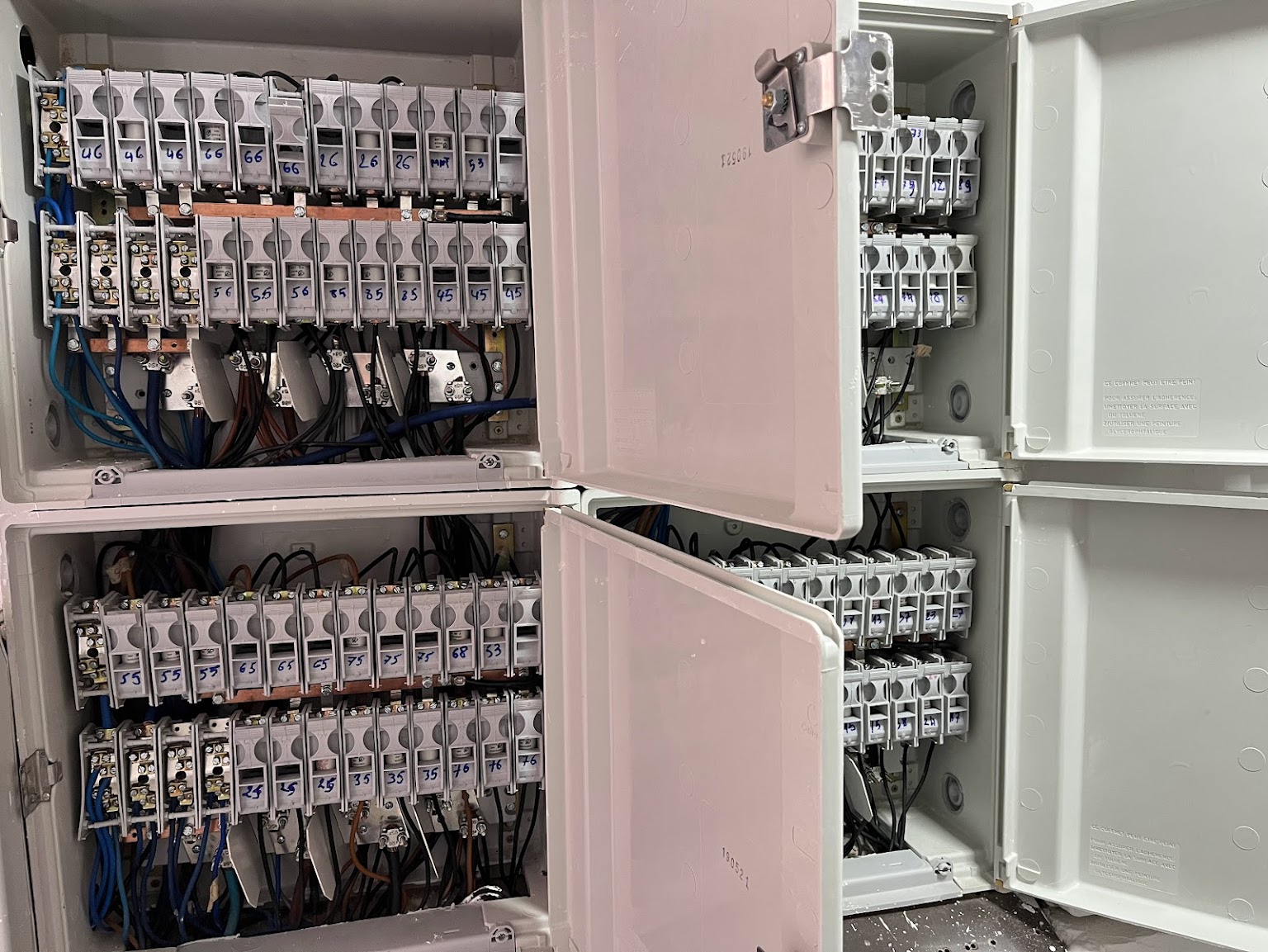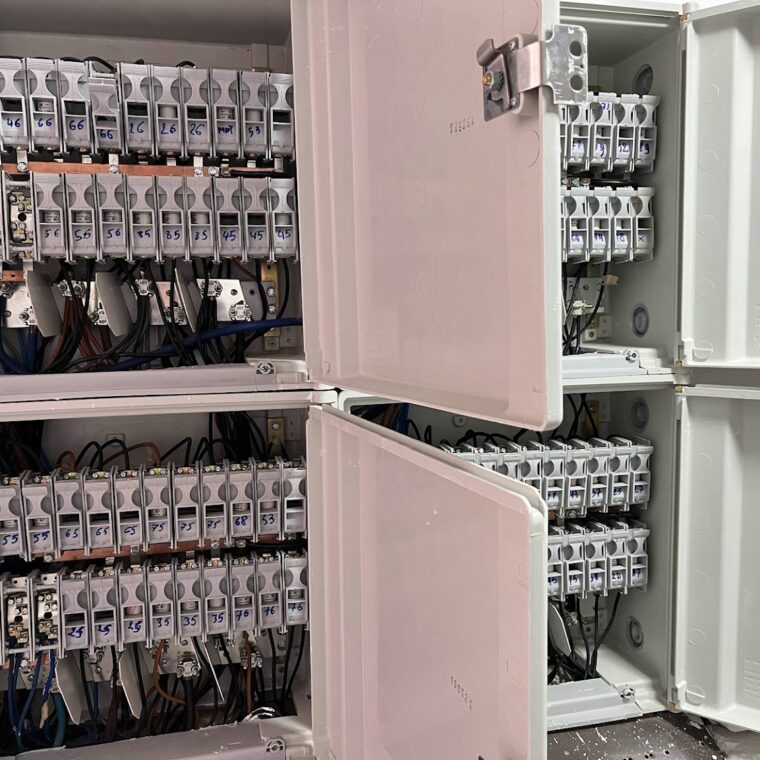Residential community electricity is a fundamental cornerstone of modern living, powering homes and enabling daily activities essential for comfort and productivity. However, the infrastructure supporting electricity in many residential communities often requires fixing and modernizing due to several critical reasons.

Importance of Residential Community Electricity:
Basic Necessity: Electricity is a basic necessity for households, powering lighting, heating, cooling, cooking appliances, electronic devices, and essential services. It’s indispensable for daily life, ensuring comfort, safety, and convenience.
Technological Advancements: The rapid advancement of technology has increased electricity demands. Modern homes now rely on a multitude of devices and smart technologies, placing a greater strain on existing electrical systems.
Energy Efficiency: Fixing and modernizing residential electricity infrastructure can enhance energy efficiency. Outdated systems are often less energy-efficient, leading to unnecessary power wastage and increased utility bills for residents.
Safety Concerns: Older electrical systems may pose safety risks due to outdated wiring, potential electrical hazards, and a higher likelihood of electrical faults or failures. Modernizing these systems helps in ensuring safer living conditions.
Resilience and Reliability: Upgrading electrical infrastructure contributes to the resilience and reliability of the power supply. Modern systems are better equipped to handle fluctuations, reduce downtime during outages, and provide consistent electricity to meet residents’ needs.
Environmental Impact: Modernizing electrical systems can contribute to reducing the environmental impact. Upgrading to more energy-efficient solutions and renewable energy sources can lower carbon footprints and promote sustainability within residential communities.
Community Development: Improved electrical infrastructure fosters community development by attracting residents and businesses. A modernized electrical grid can support the integration of smart technologies and encourage economic growth within the community.

Recycling bins
Need for Fixing and Modernizing:
Aging Infrastructure: Many residential communities have aging electrical infrastructure that is outdated and not equipped to handle current electricity demands efficiently.
Increased Demand: Growing populations and higher energy demands require upgrades to support increased electrical load without compromising reliability or safety.
Technological Evolution: The emergence of new energy-efficient technologies and smart home solutions necessitates updating infrastructure to harness these advancements effectively.
Safety and Reliability: Ensuring the safety and reliability of electrical systems is crucial to prevent hazards, reduce the risk of outages, and safeguard residents and their properties.
Sustainability Goals: Modernizing infrastructure aligns with sustainability goals, allowing for the integration of renewable energy sources and reducing the environmental impact of electricity consumption.’
In summary, fixing and modernizing residential community electricity infrastructure is imperative to meet evolving needs, ensure safety, improve efficiency, embrace technological advancements, and promote sustainable living within communities.
It’s a pivotal step toward providing residents with reliable, safe, and efficient electrical services that support their present and future needs while contributing to a more sustainable and resilient living environment.



